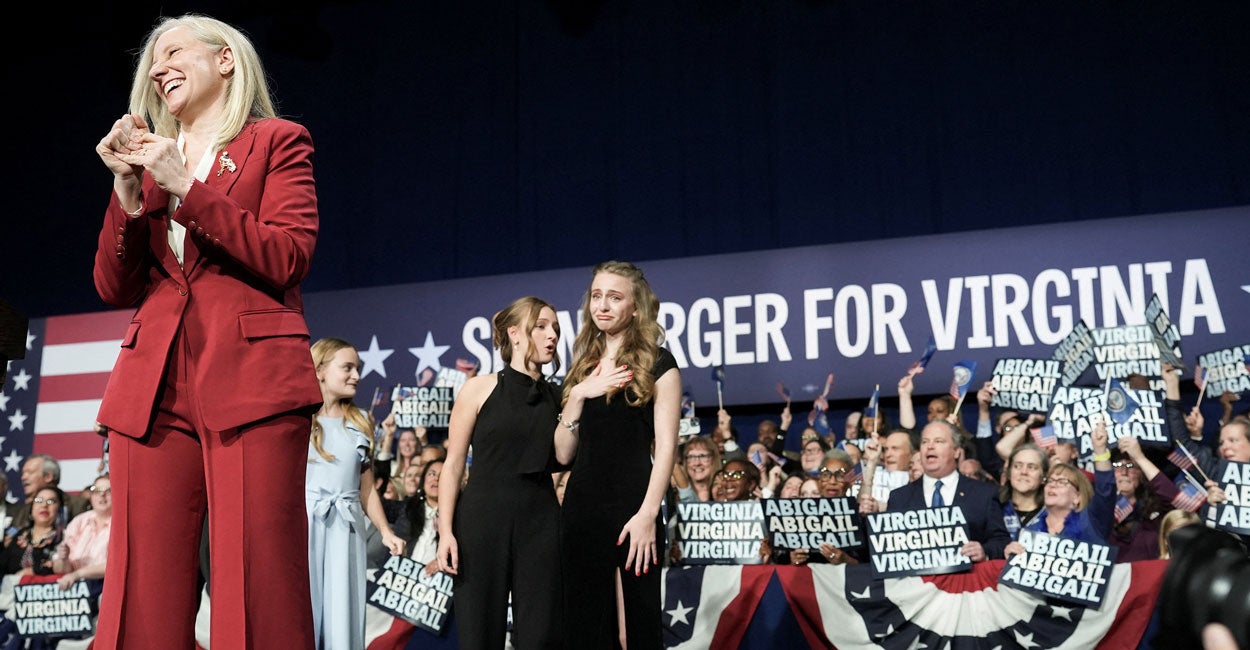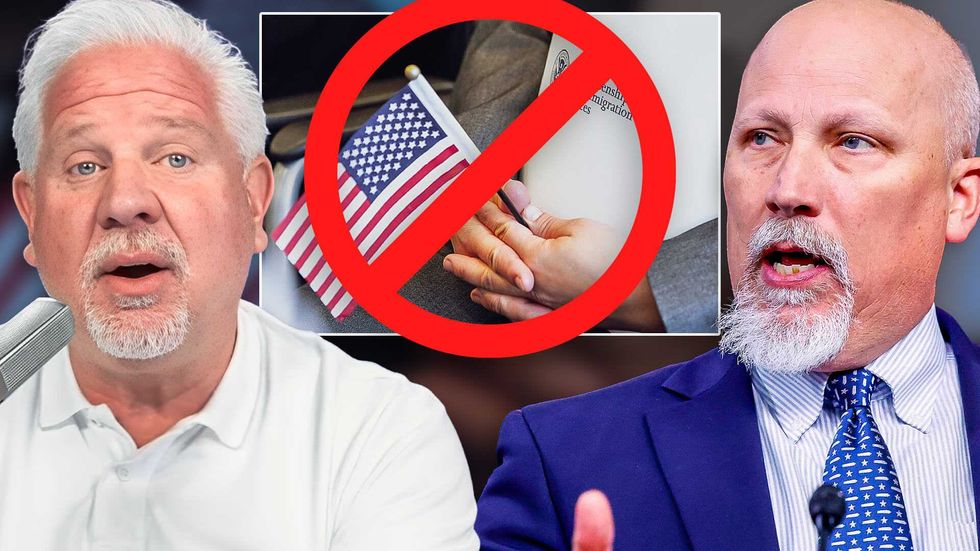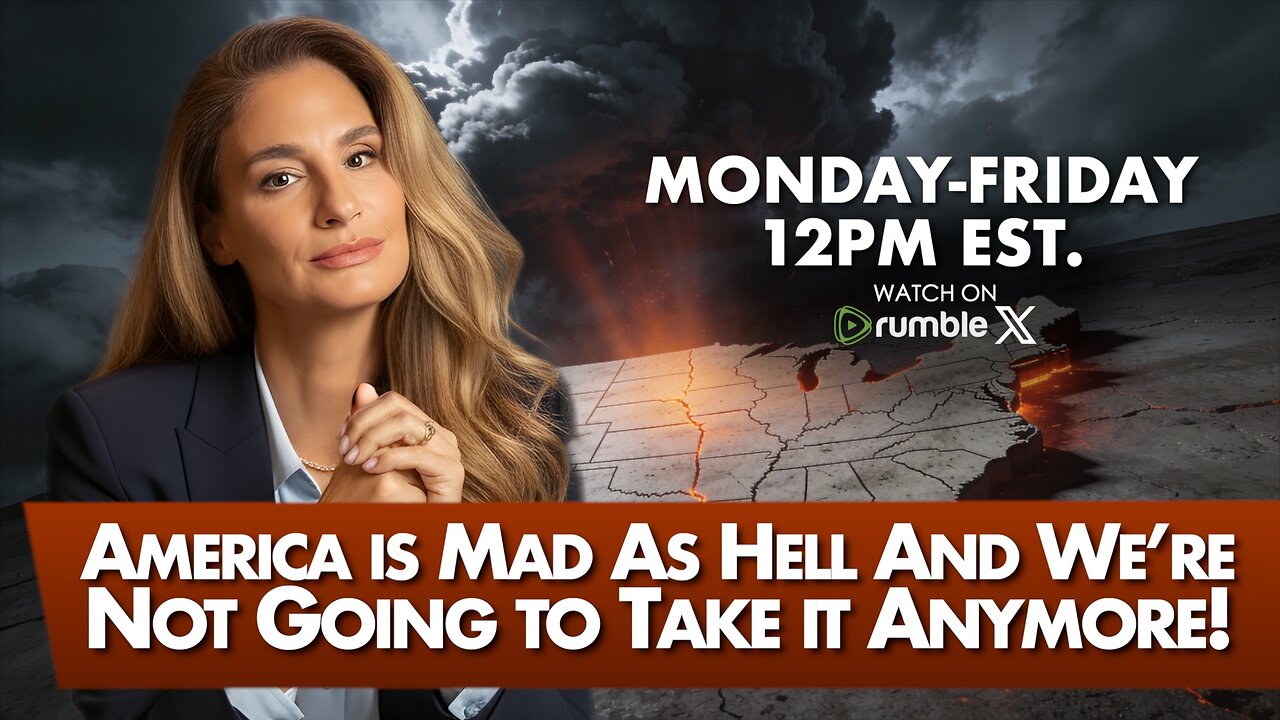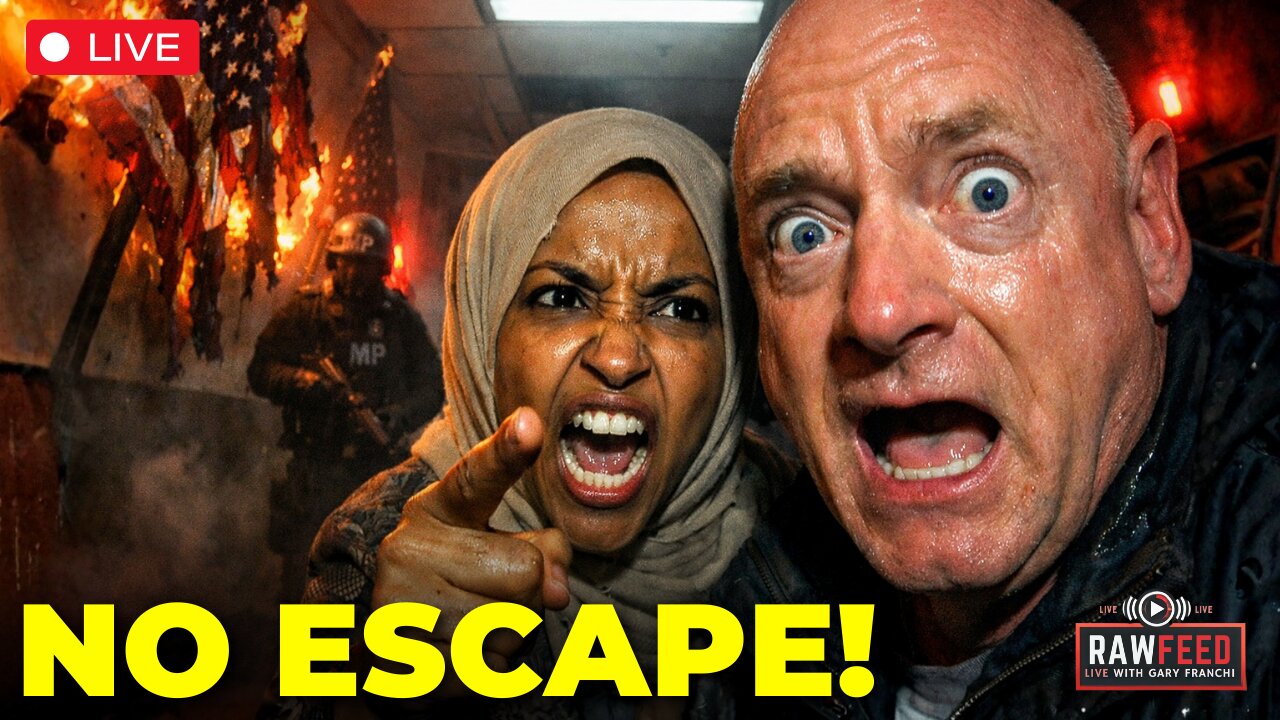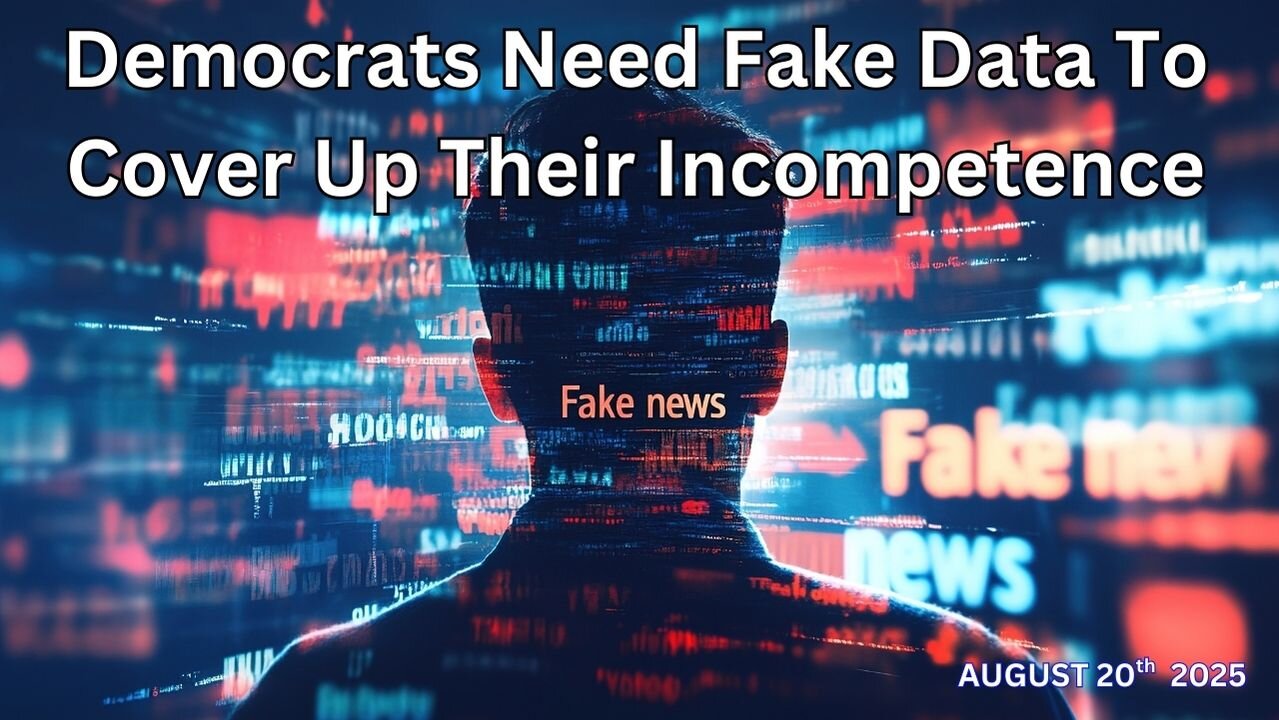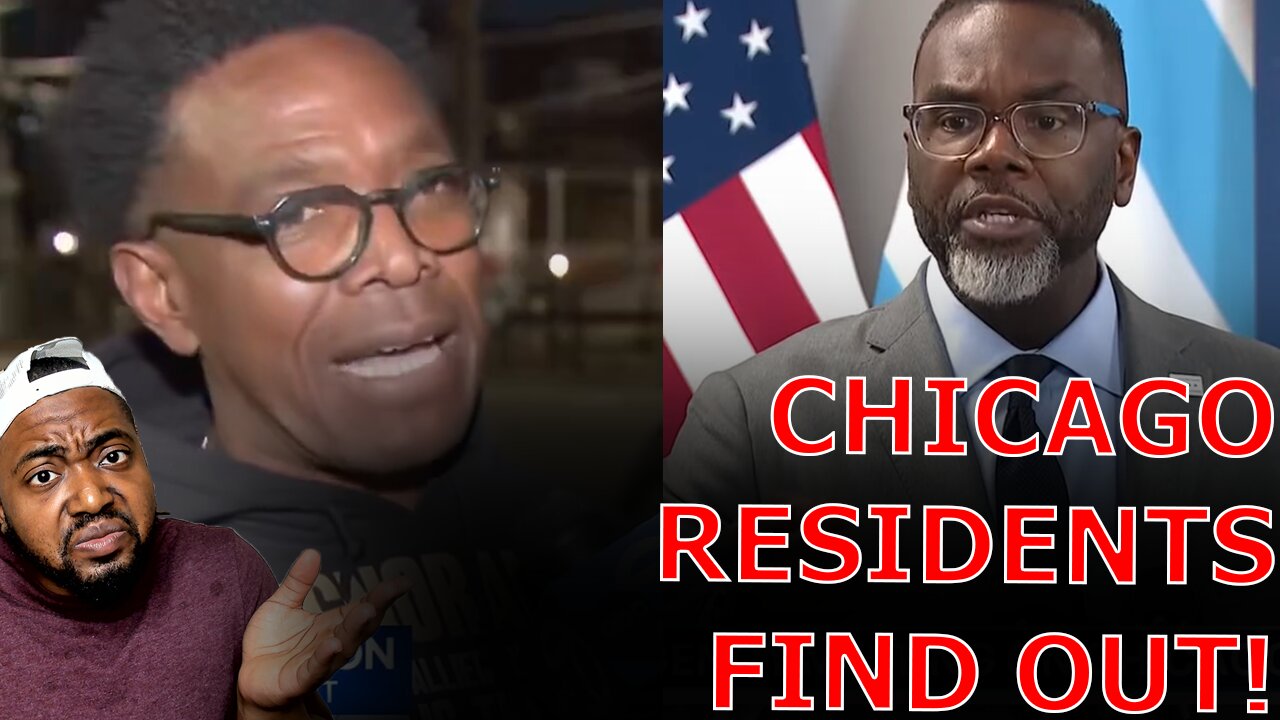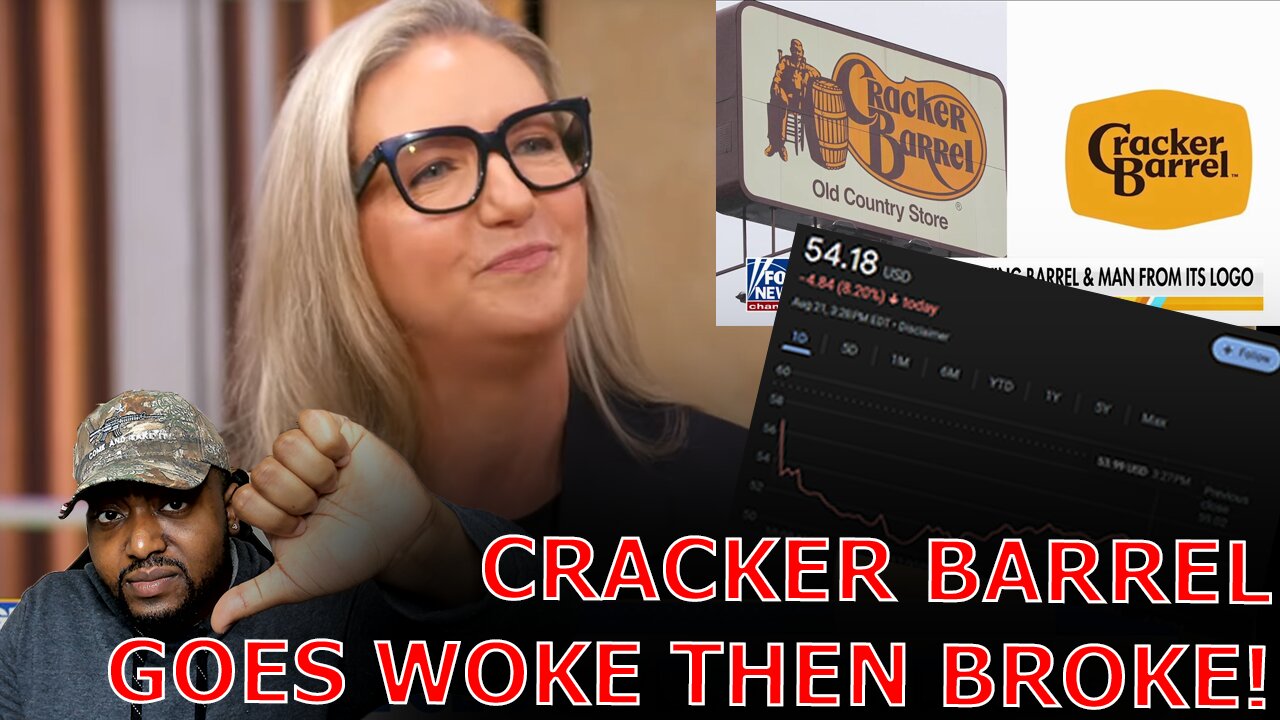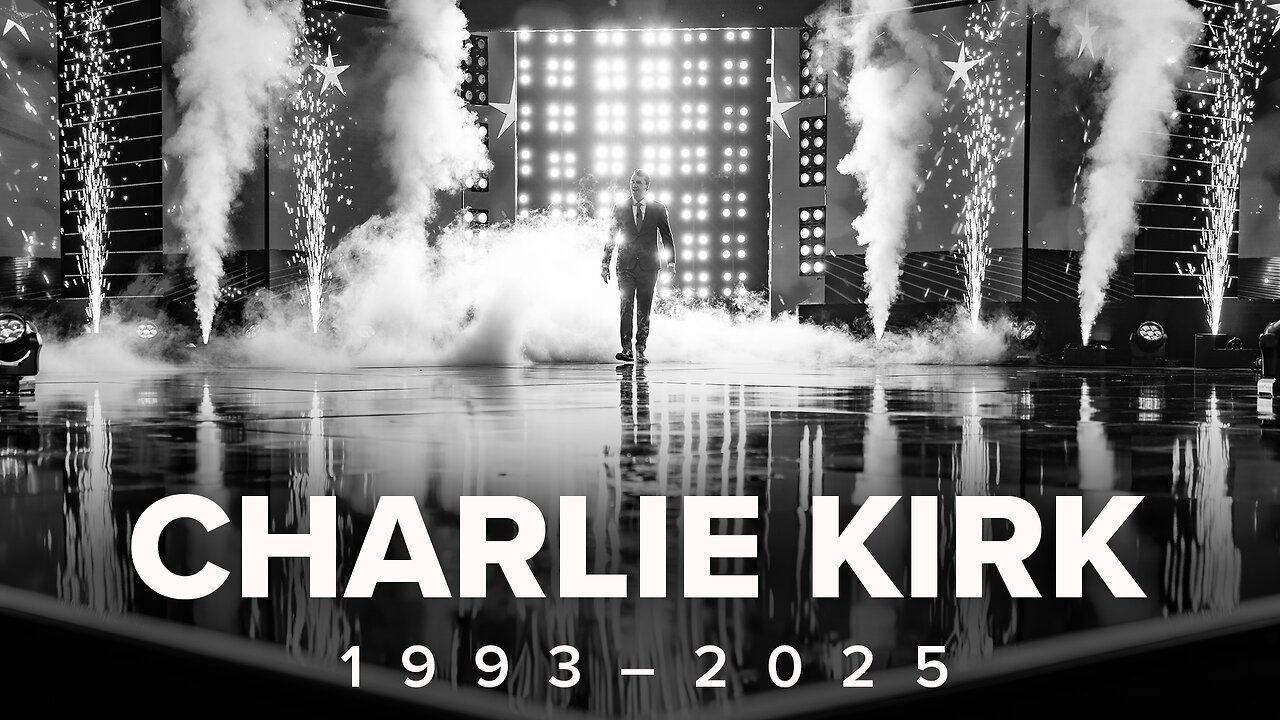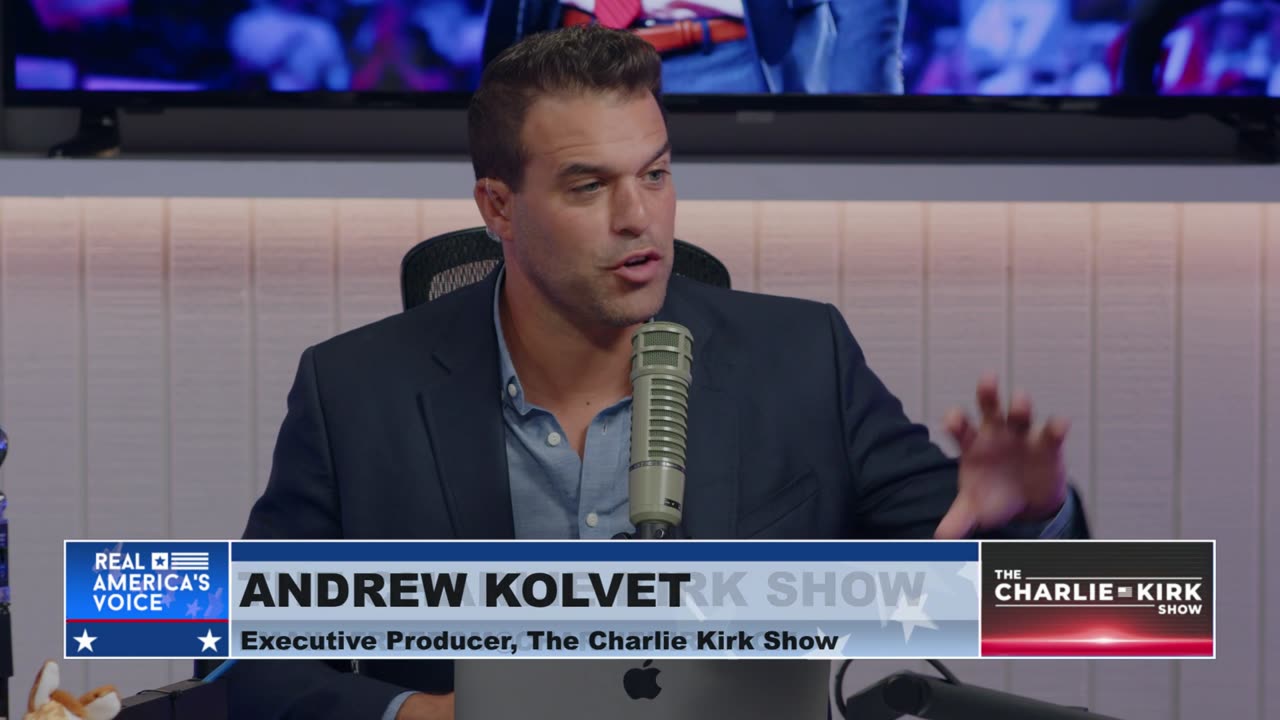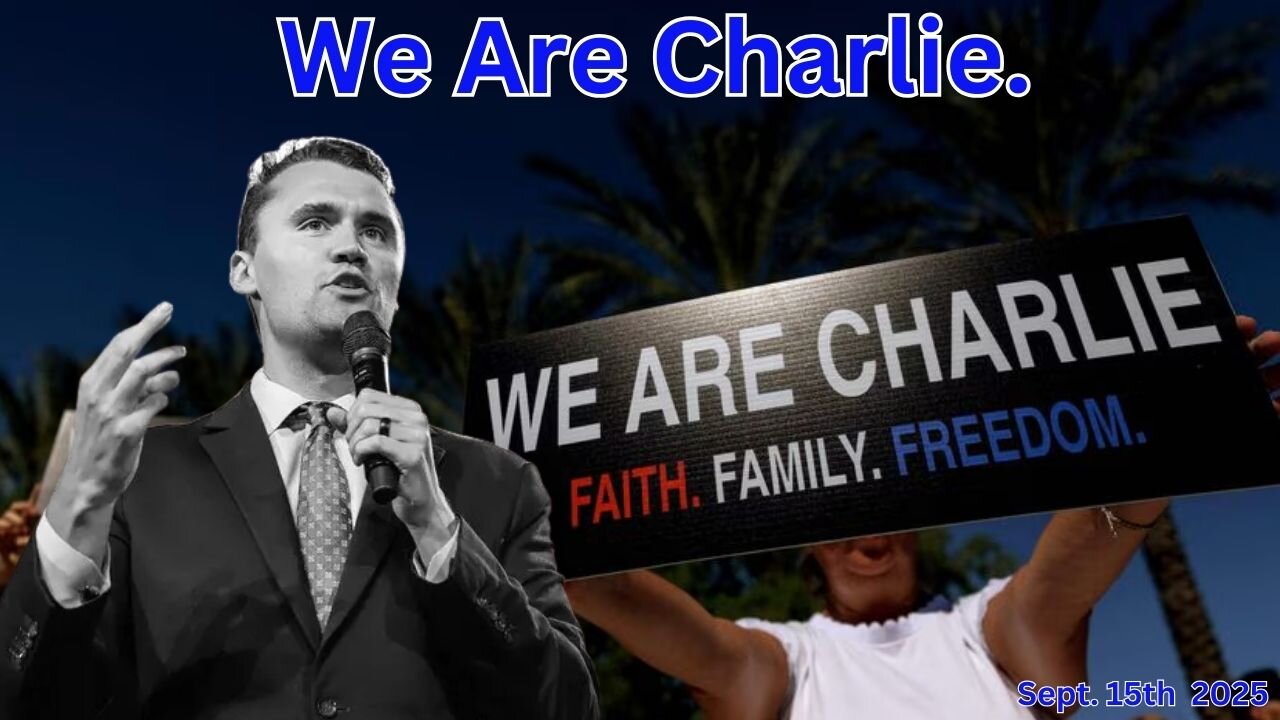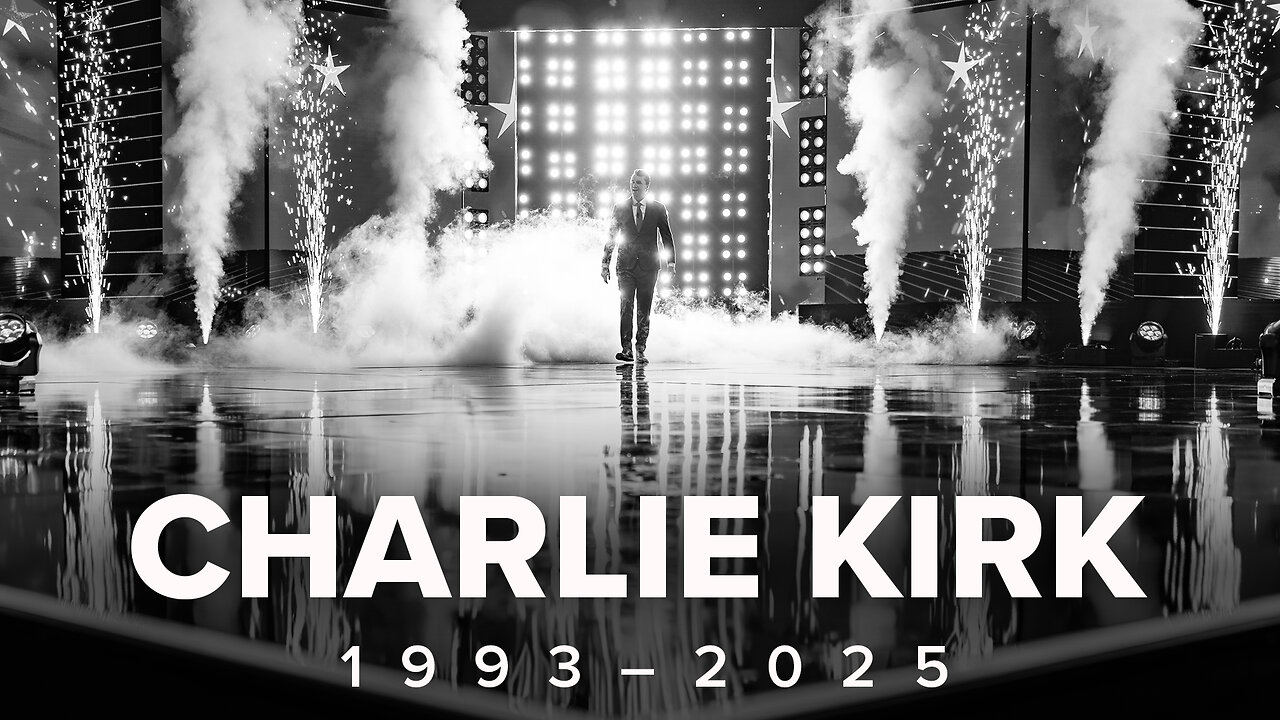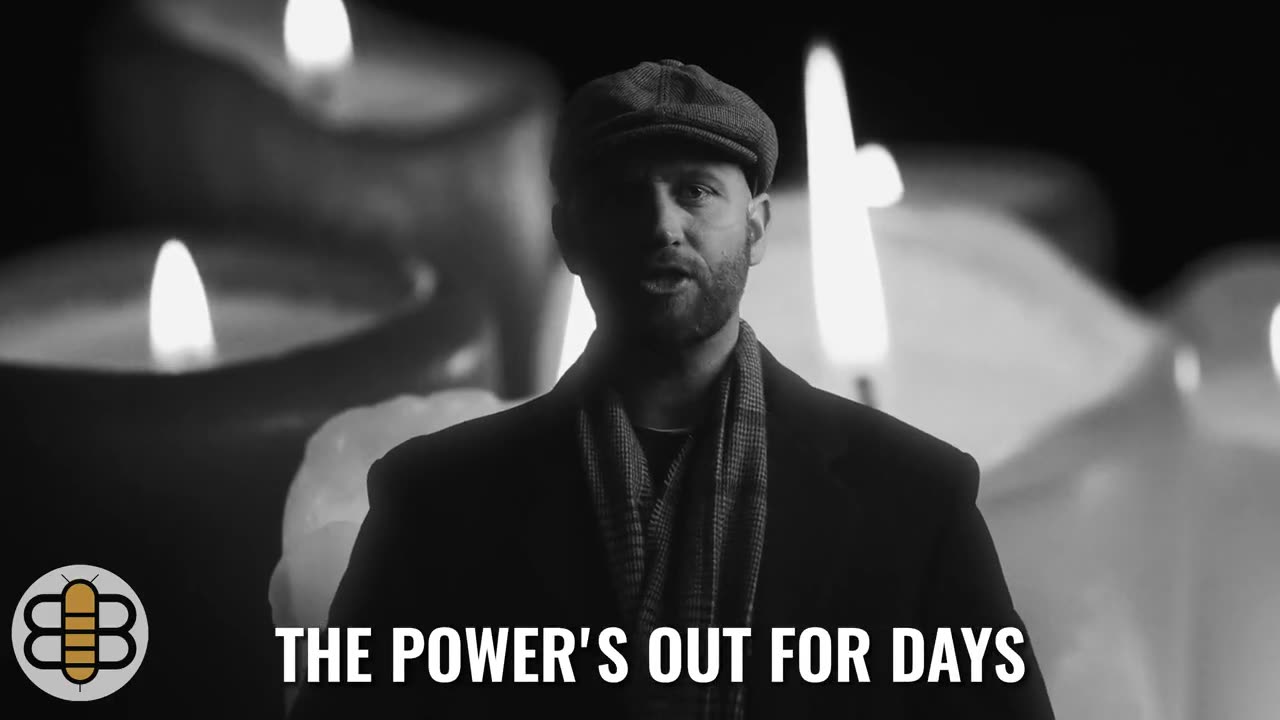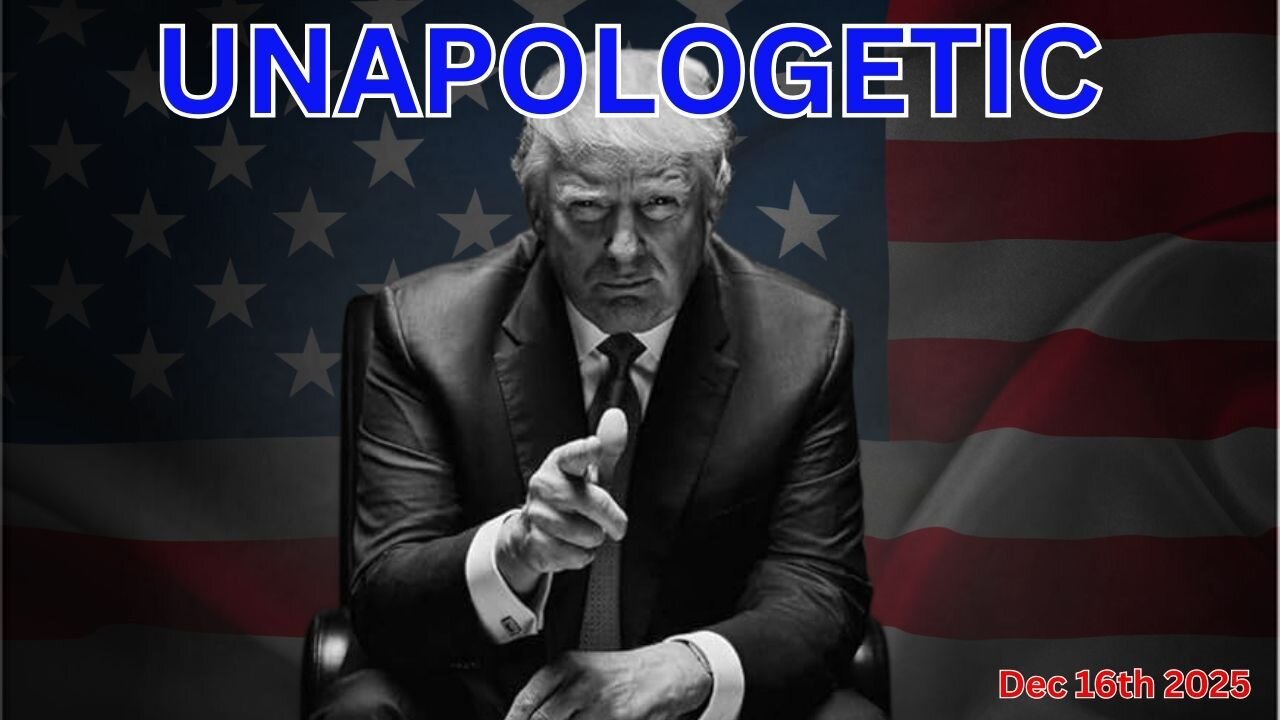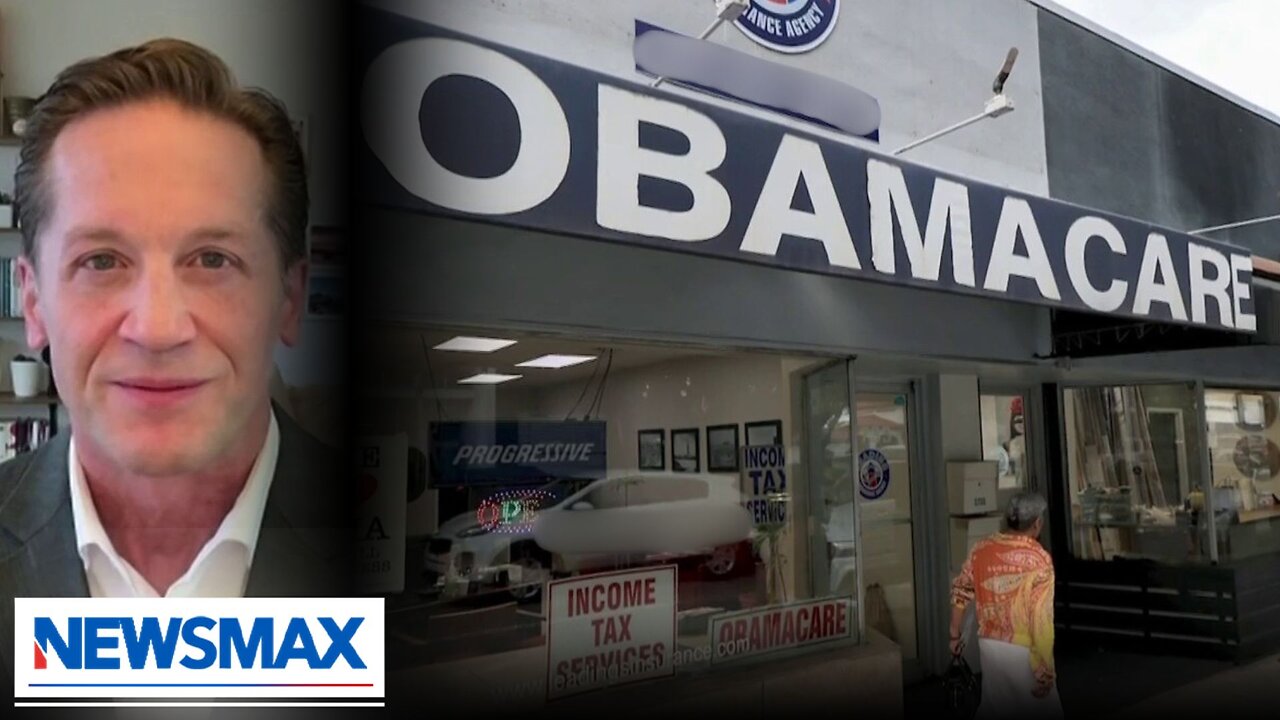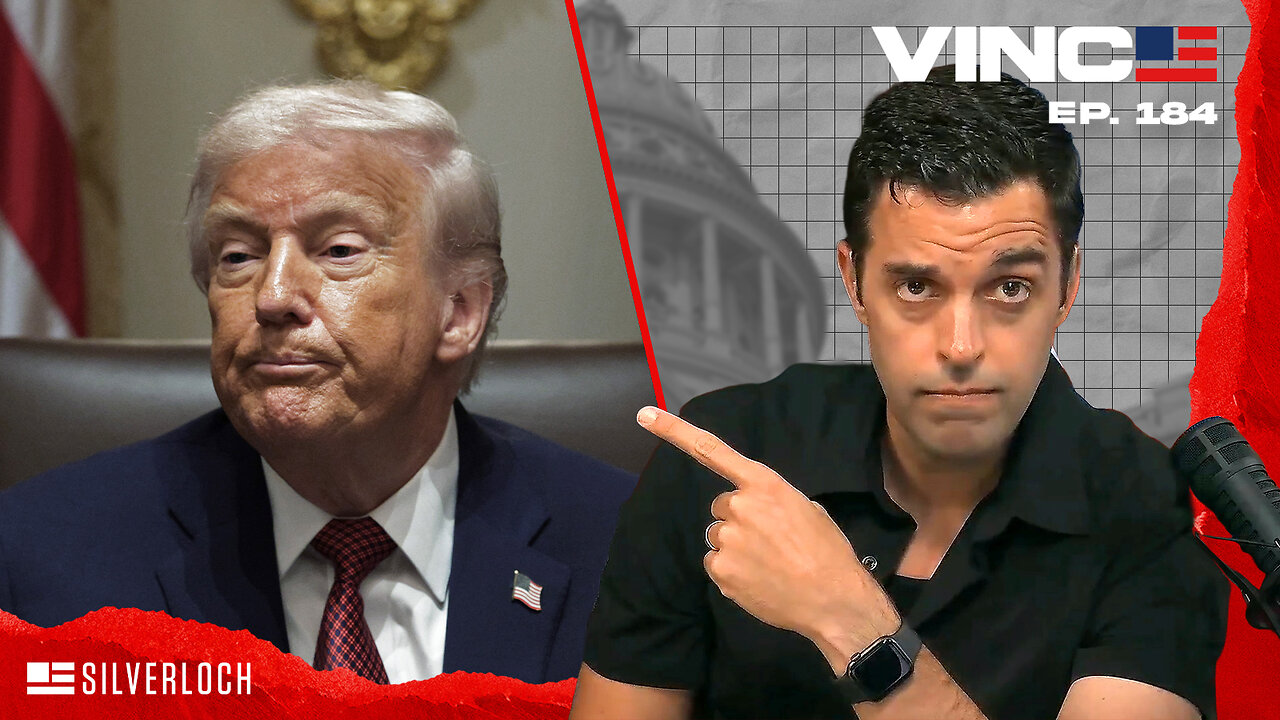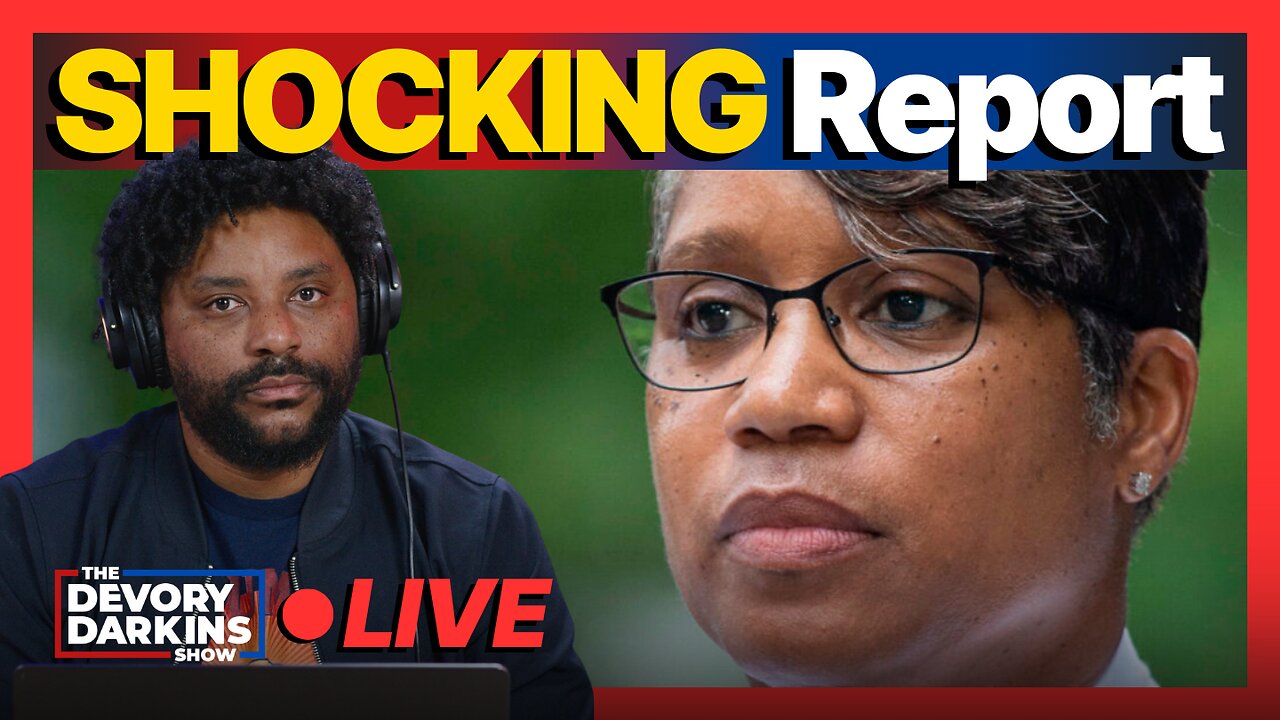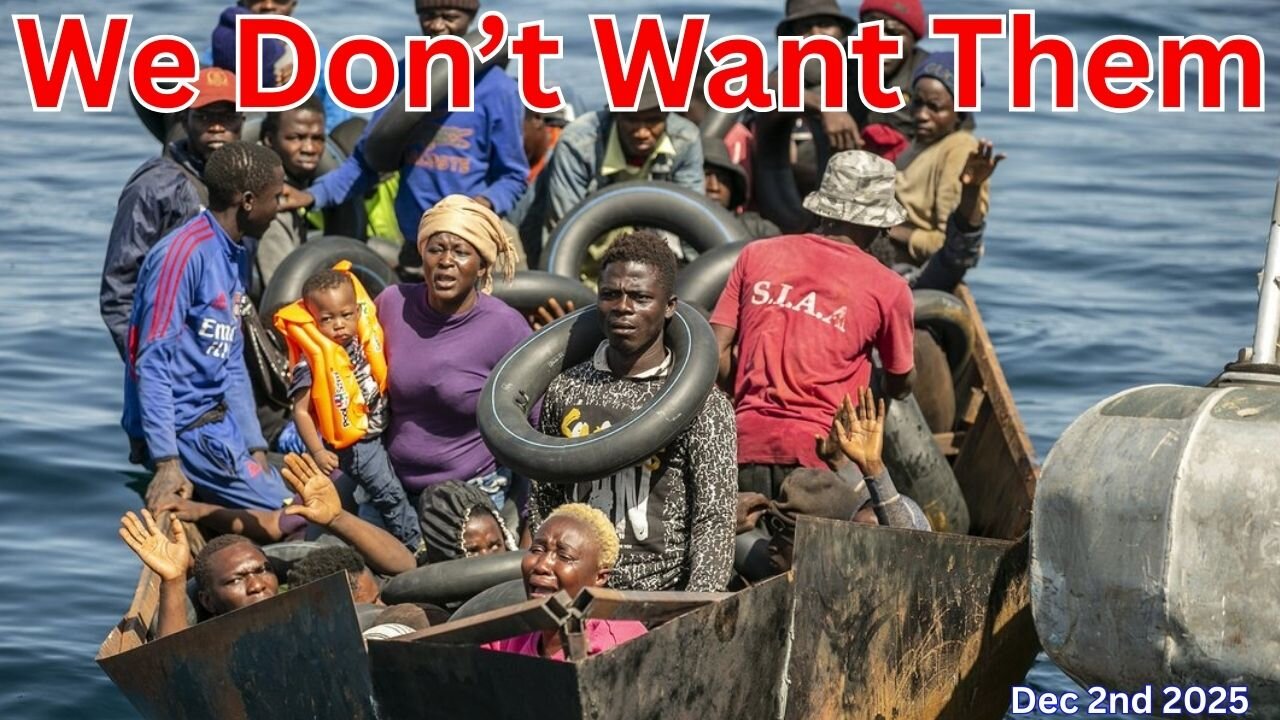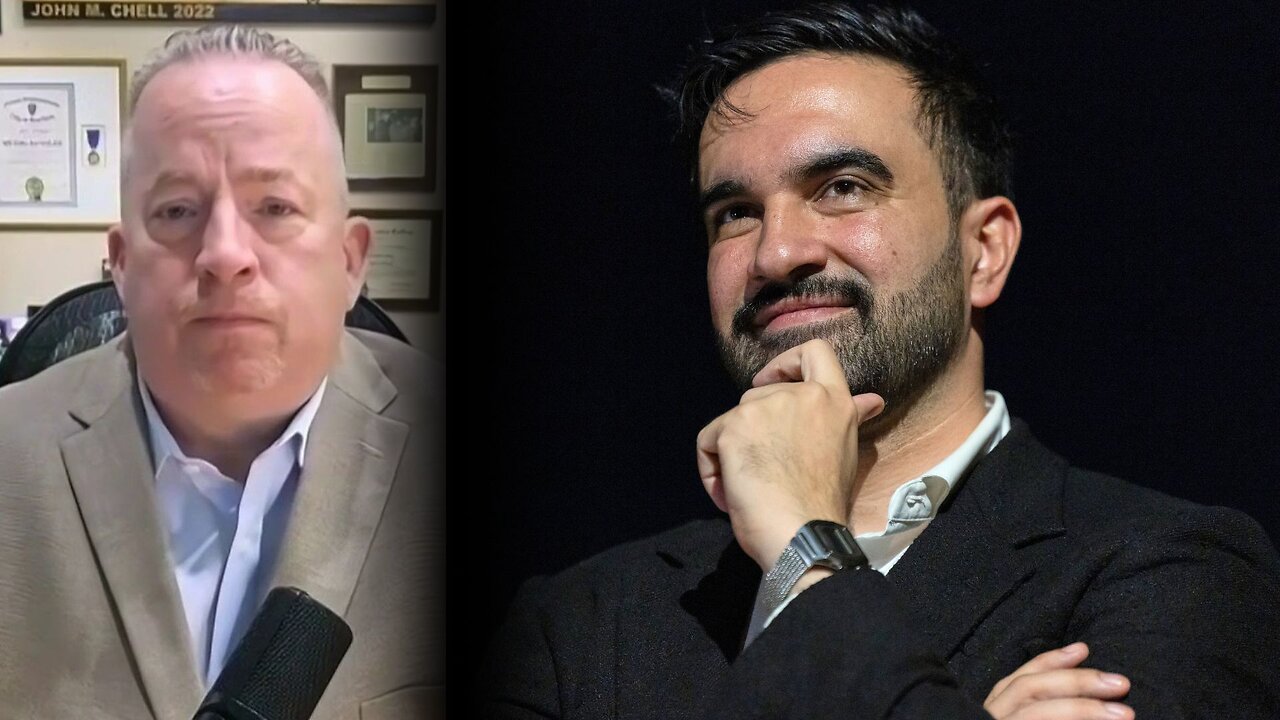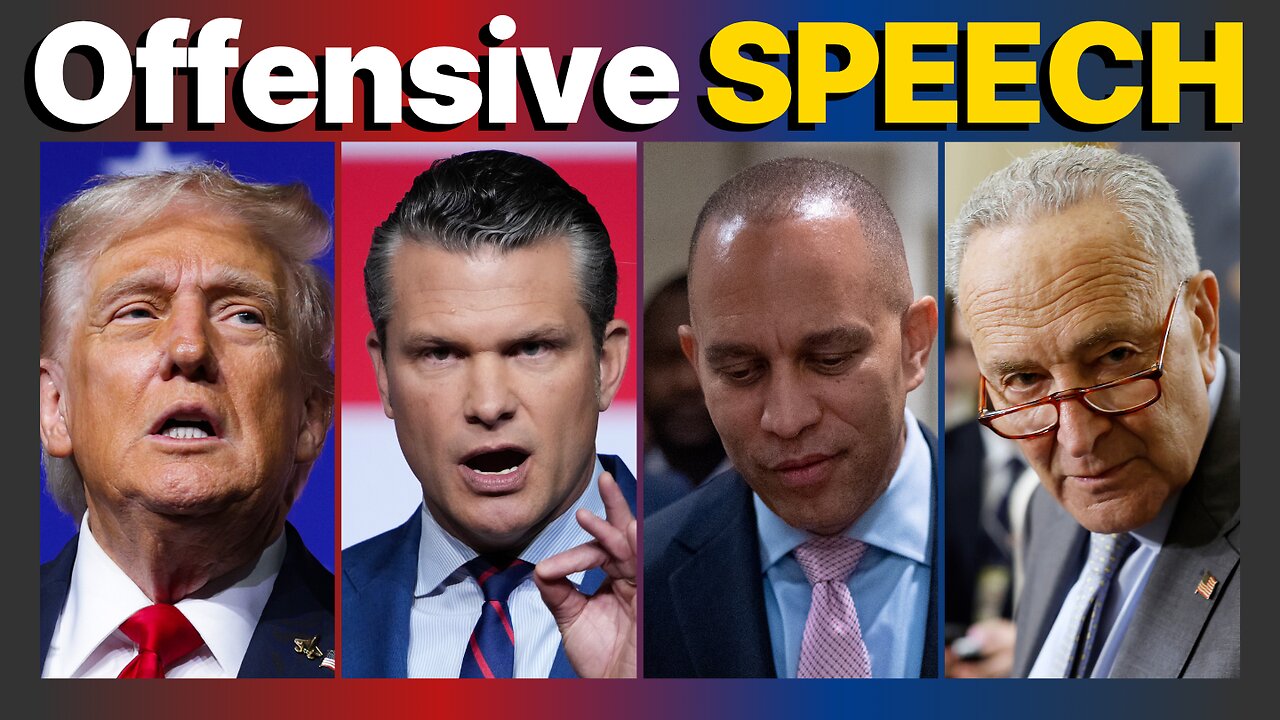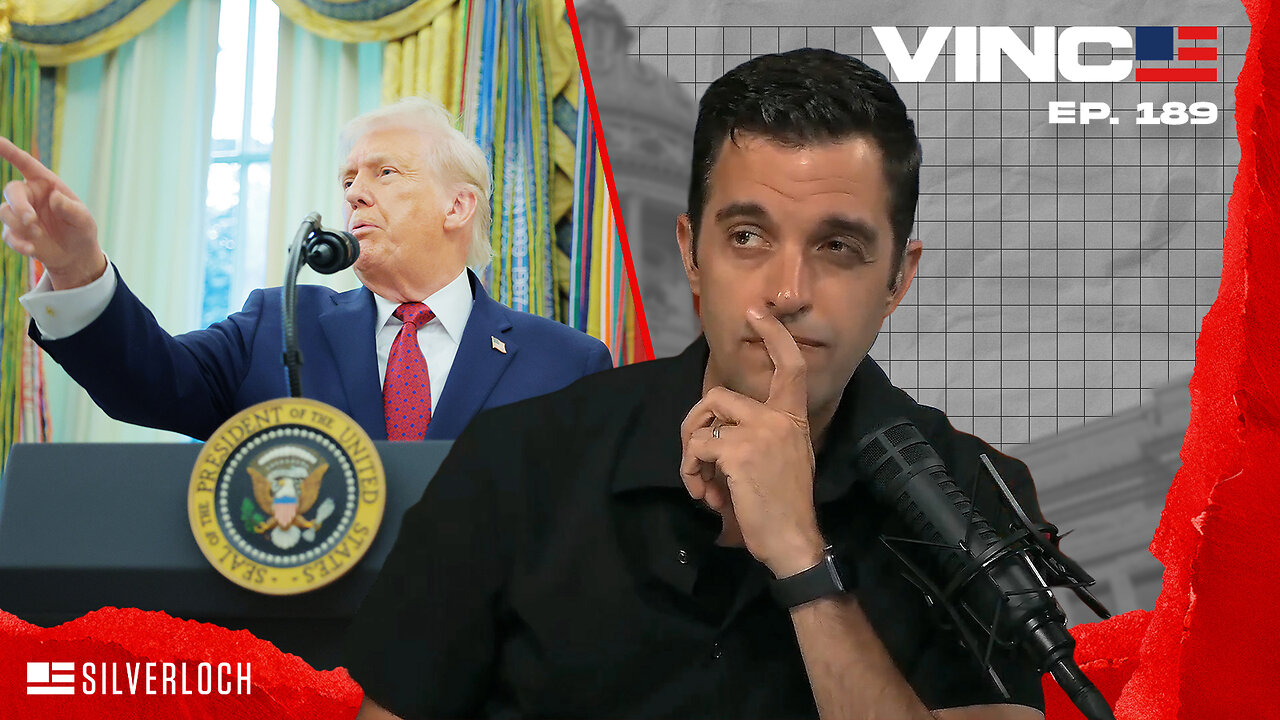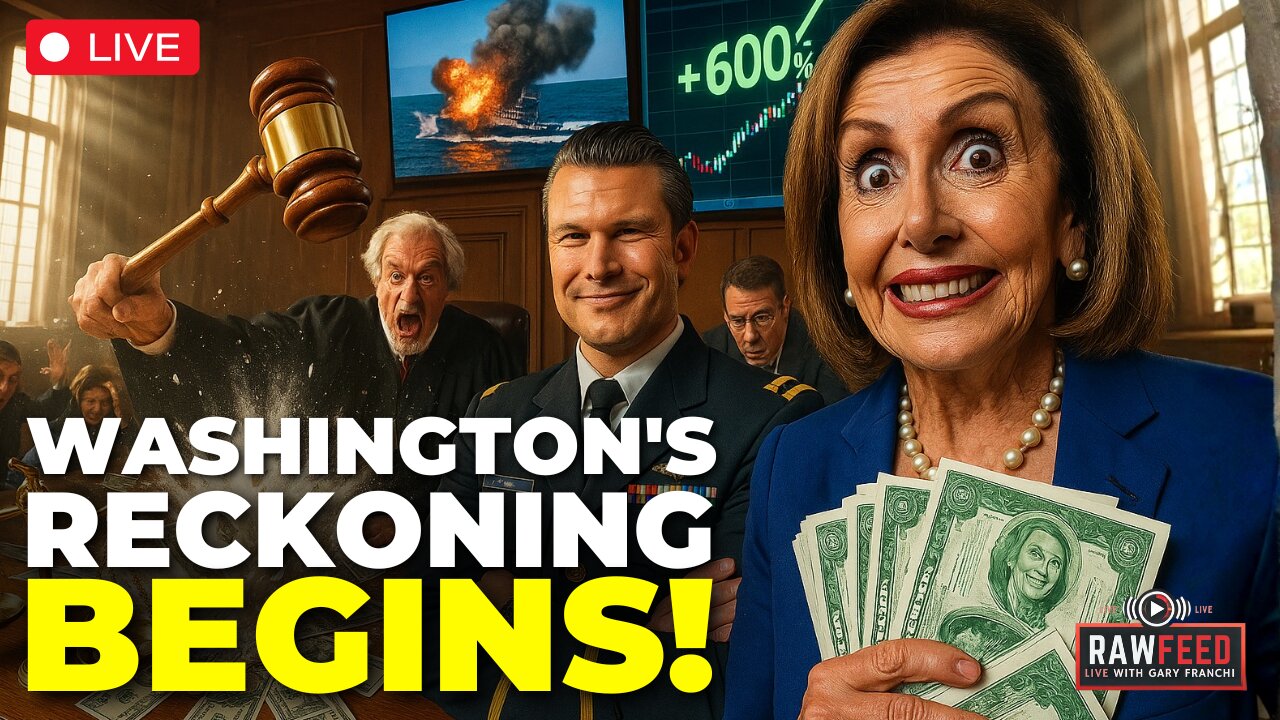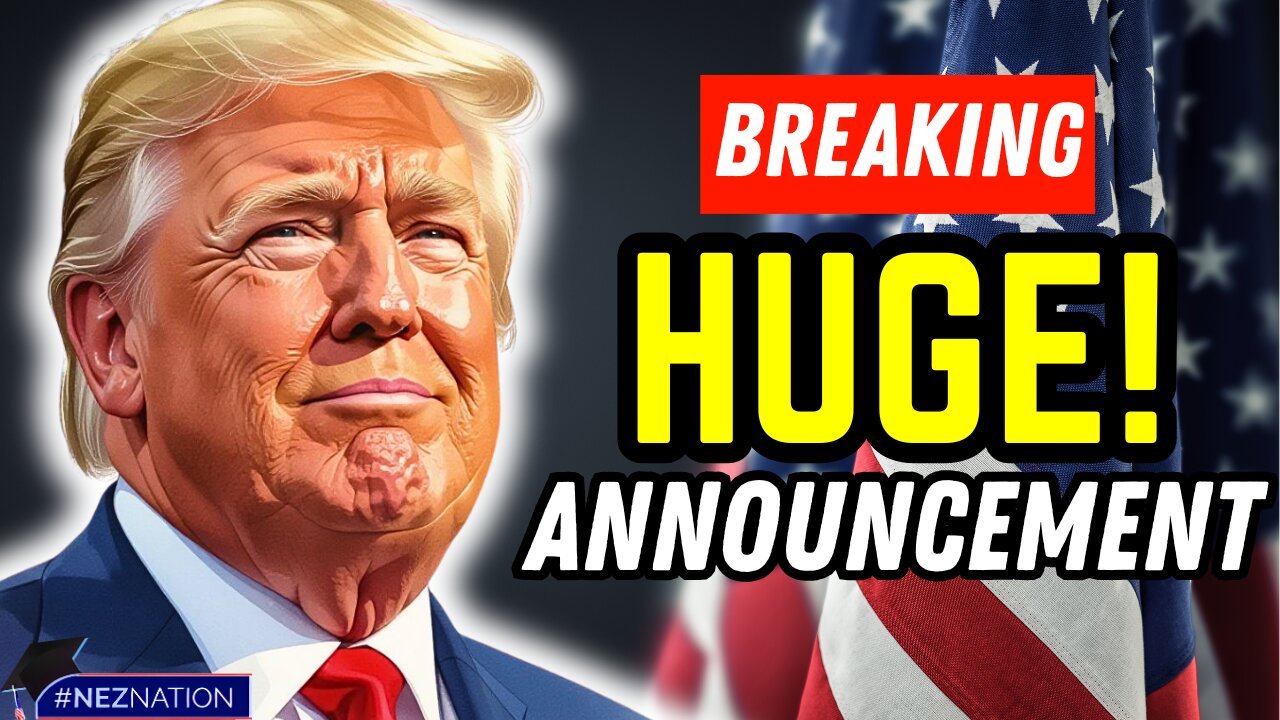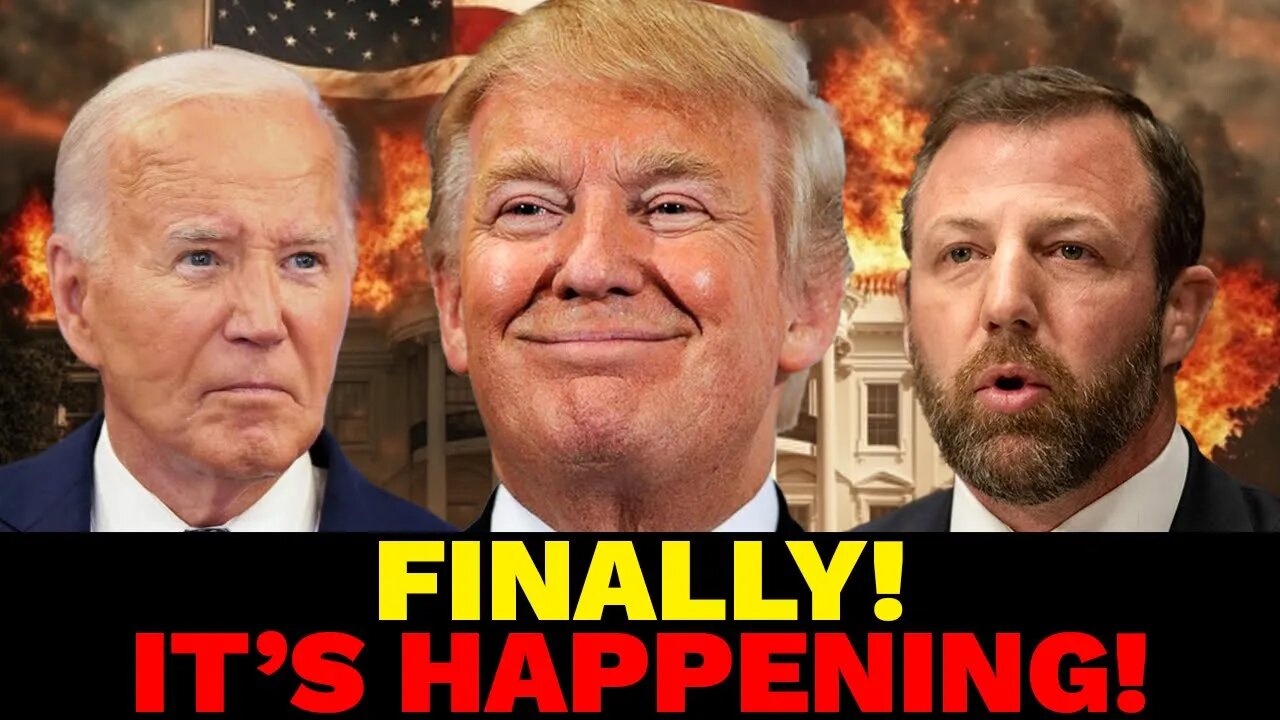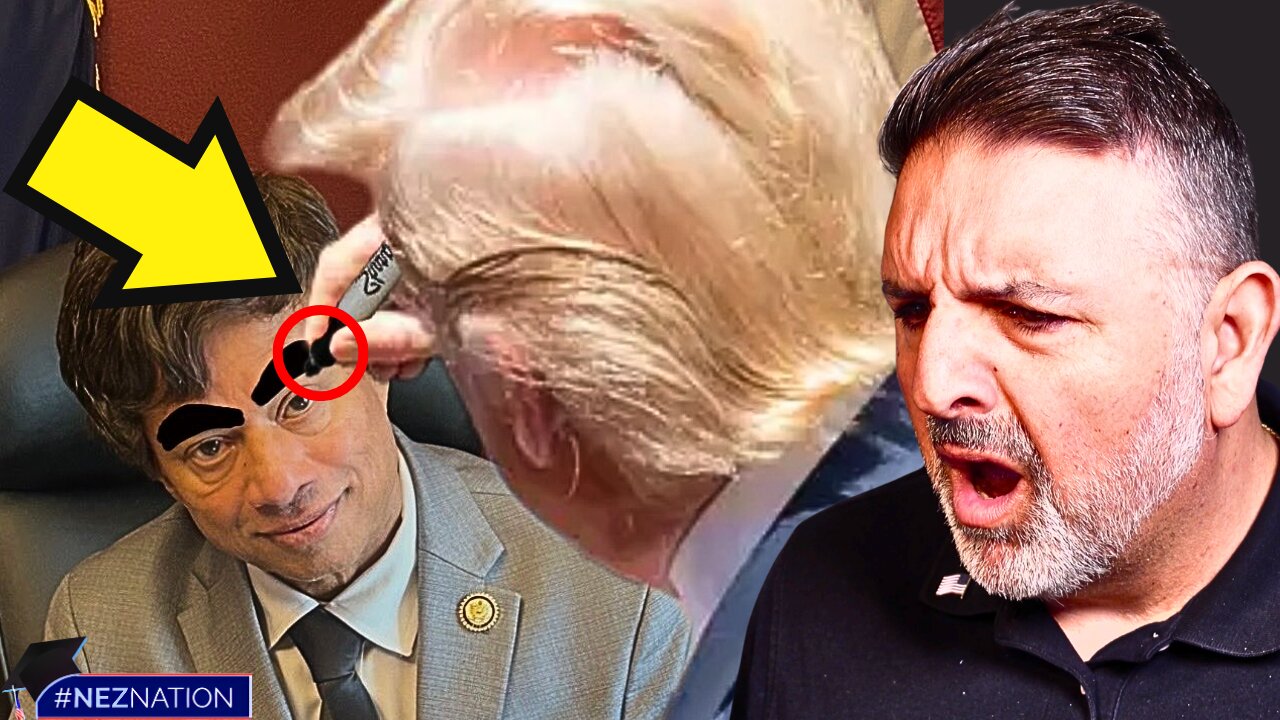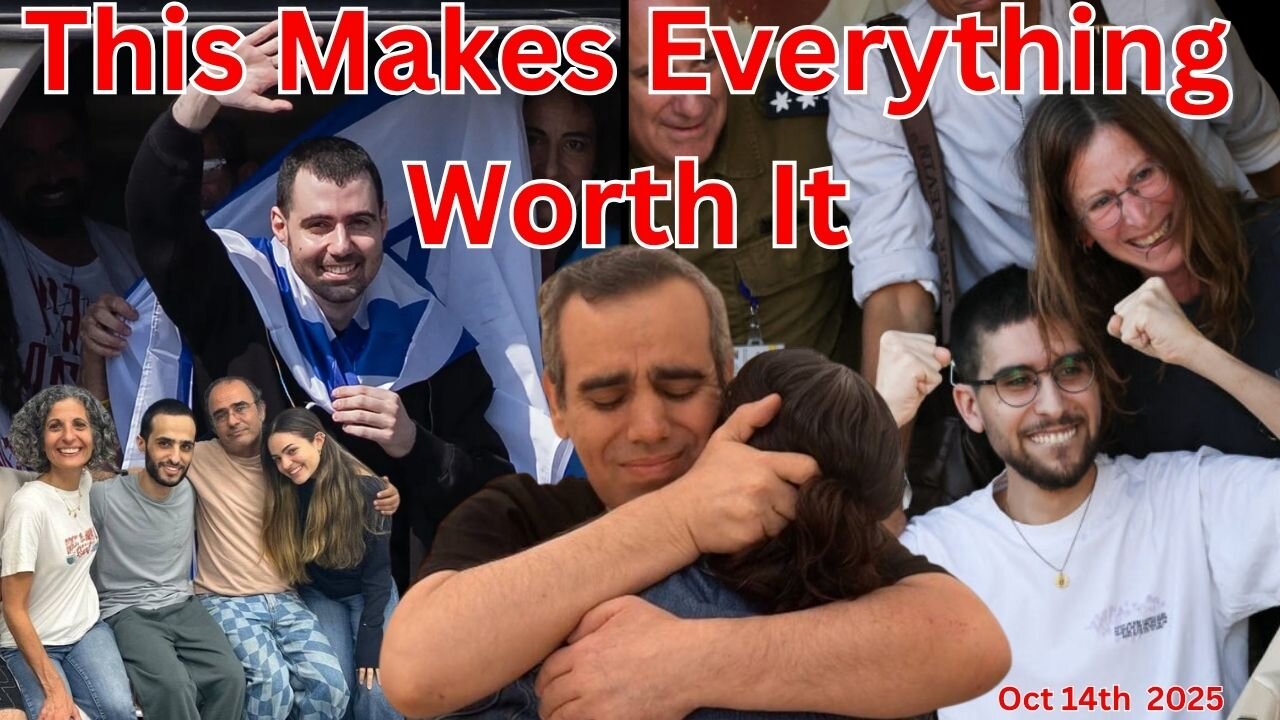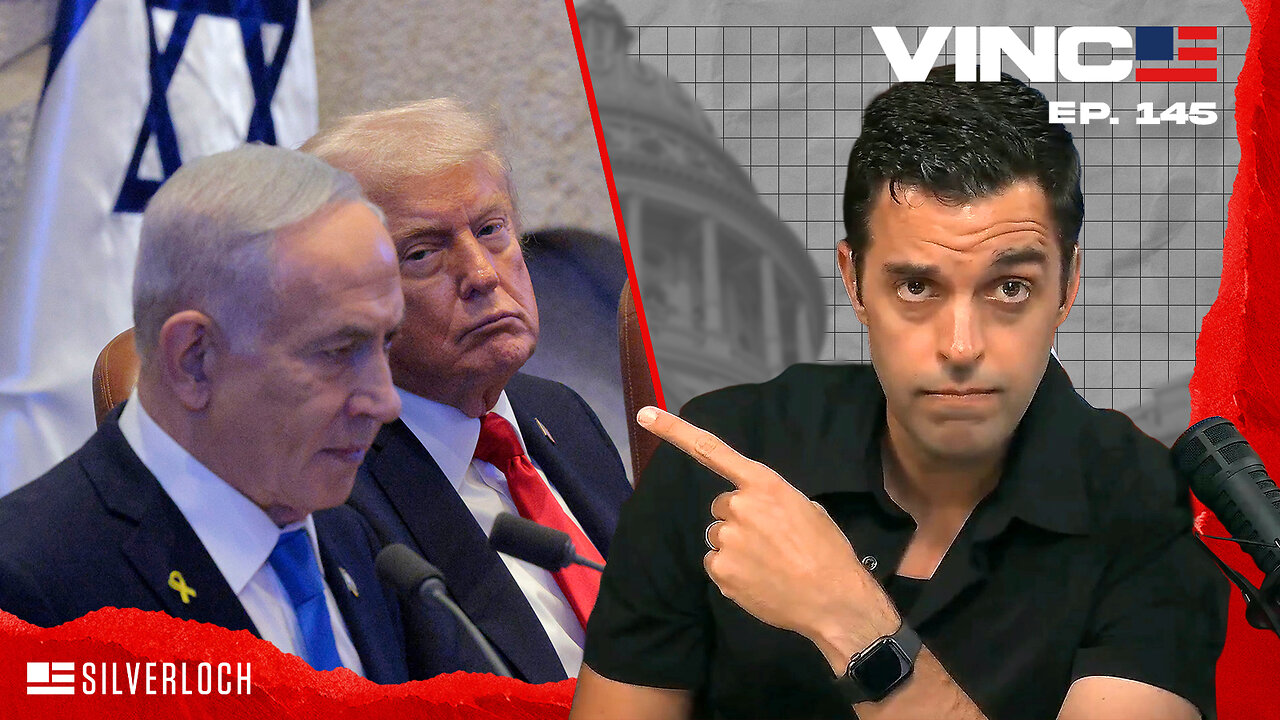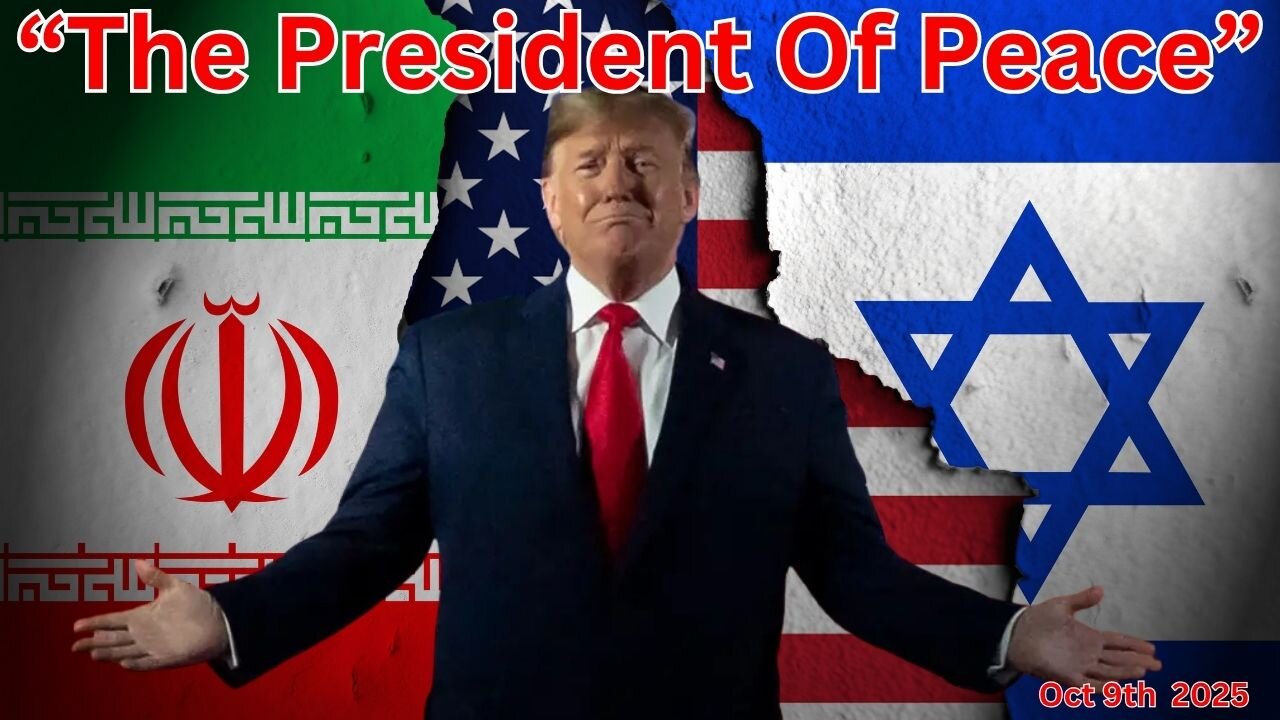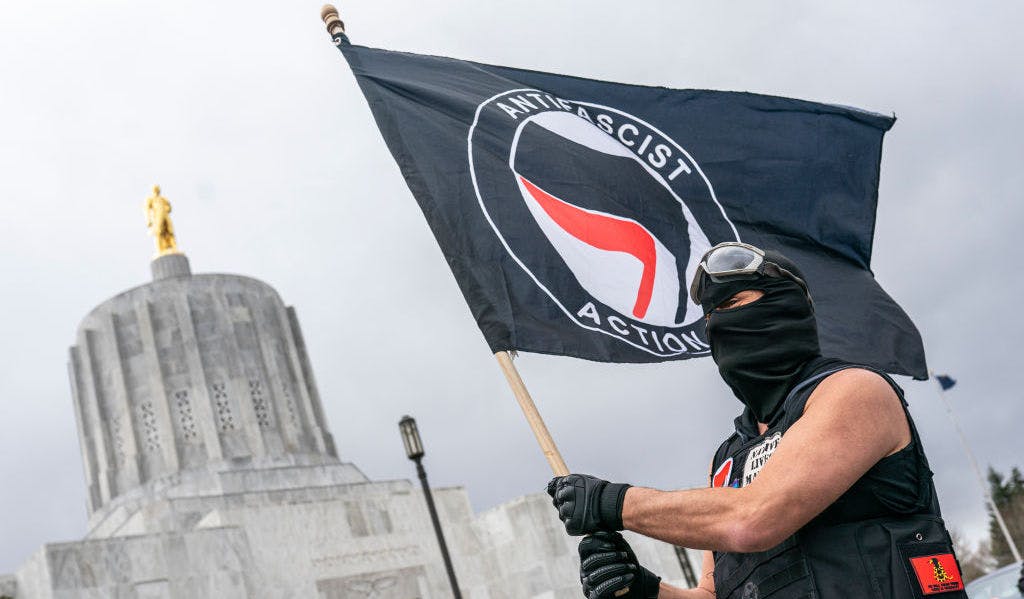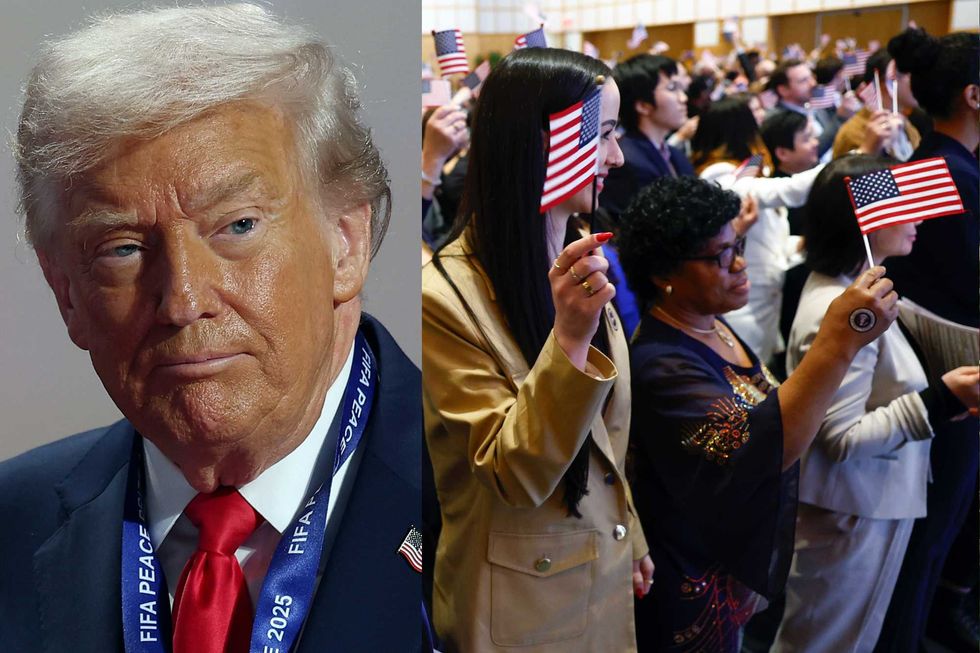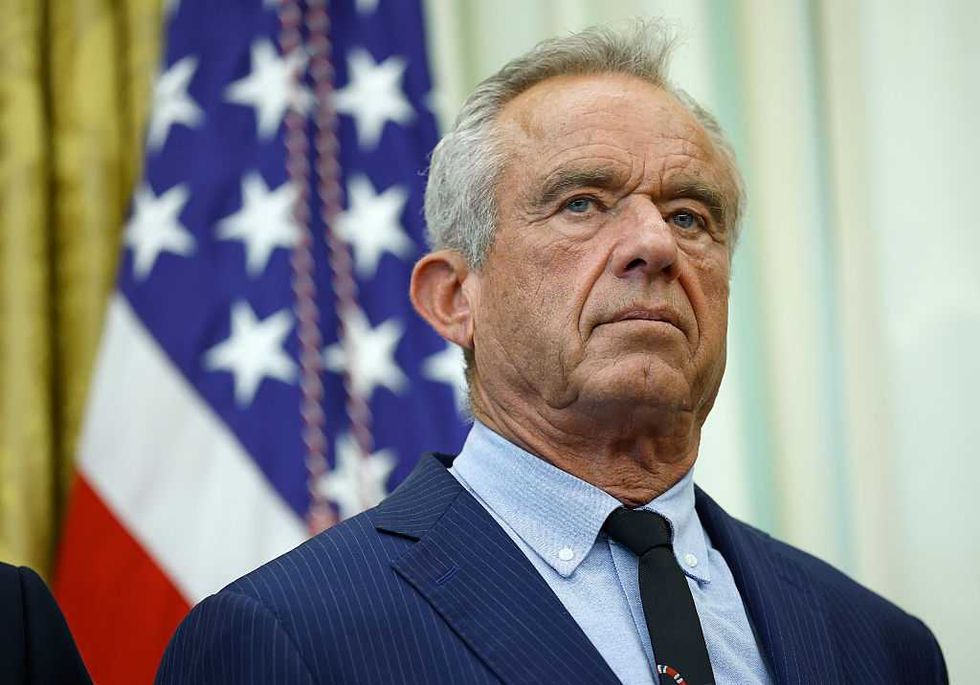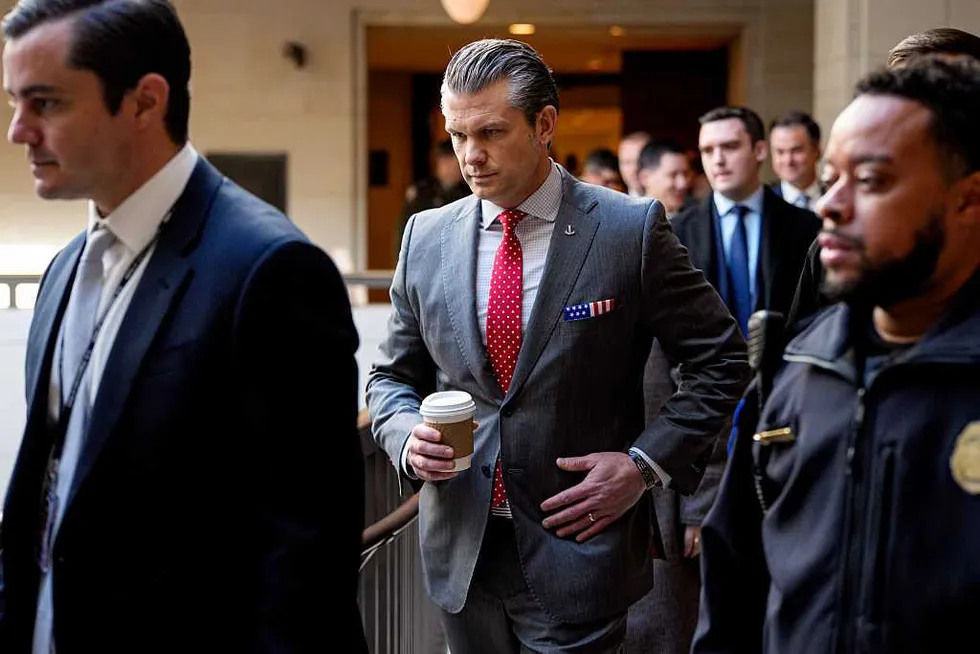DEI: The Billion-Dollar Zombie That Won’t Stay Dead
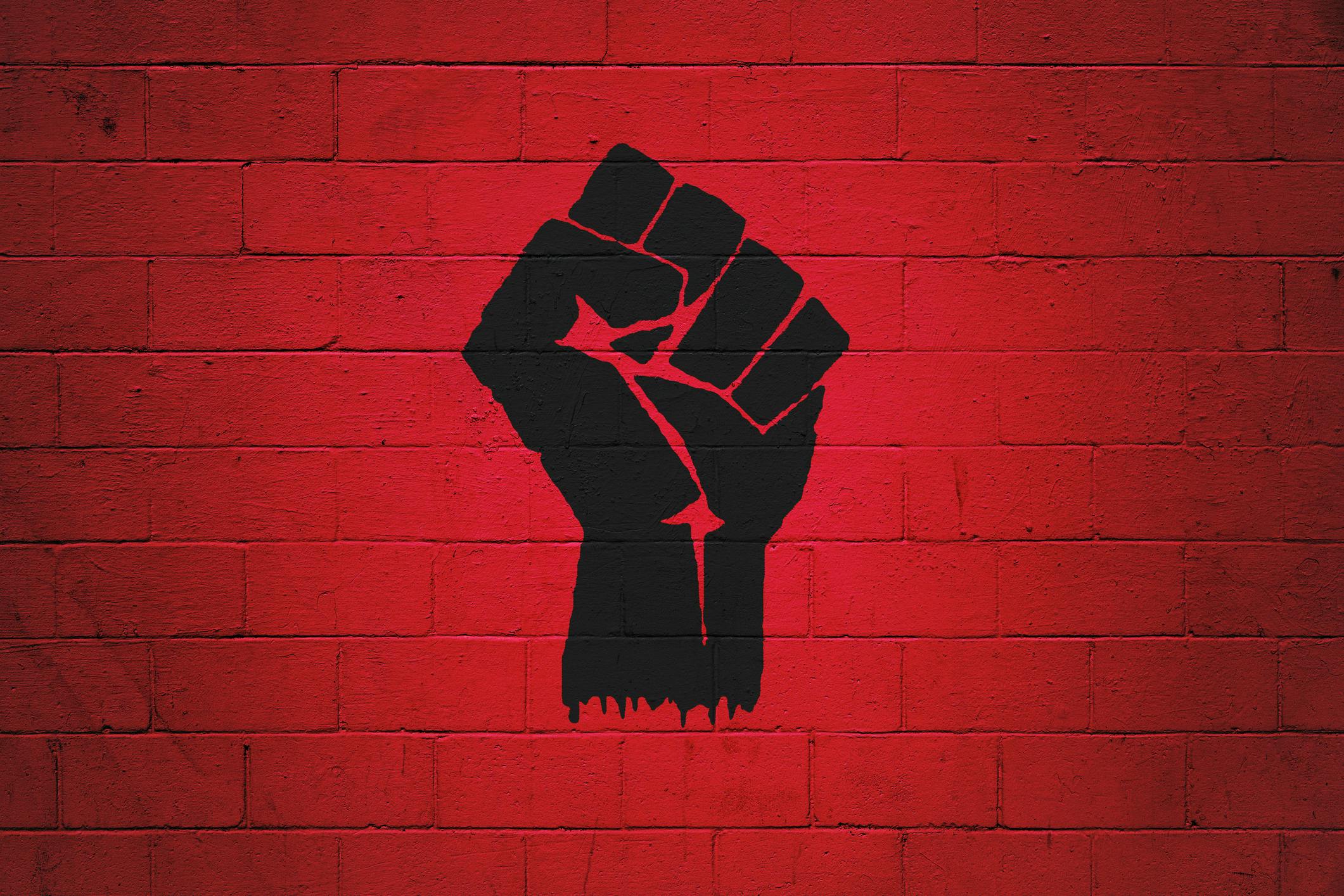
Despite President Trump’s Executive Order 14151 declaring DEI initiatives illegal, wasteful, and discriminatory, and mandating their termination across all government agencies, DEI appears to be a sort of zombie — dead by decree, but animated by cultural and institutional inertia. On the same day — February 4, 2025 — that the so-called “Dismantle DEI” bill was introduced to both the House (H.R. 925) and Senate (S.382), I optimistically fantasized about a eulogy for DEI. Unfortunately, while some progress has been made, largely at the individual state levels, the leftist leviathan that is DEI remains well-entrenched across a wide swath of our institutions.
Live Your Best Retirement
Fun • Funds • Fitness • Freedom
As we close out the year, there are no scheduled hearings, markups, or votes on the bill; and a 2025 survey by Paradigm (via DiversityResources.com) found that over 80% of major companies have either held their DEI budgets steady or increased them, with only 19% reducing them. These numbers are harder to track for universities and non-profits, partly because many schools and organizations have strategically rebranded DEI programs with titles such as “student success,” “inclusive excellence,” and “community equity,” but a report from Defending Education earlier this year showed that DEI funds still exist for schools in at least 44 states, and hundreds of millions of dollars are still being poured into the cause. Non-profits are finding that many donors are doubling down on DEI efforts, albeit tying funding to more measurable outcomes.
The velocity and volume of DEI spending over the past 15 years is staggering — not merely in millions or billions, but plausibly trillions of dollars. In 2011, Obama kick-started the campaign with Executive Order 13583, which directed the Office of Personnel Management, Office of Management and Budget, and EEOC to develop strategic plans and metrics for DEI across over 50 agencies. It had no specific budget or spending allotments, but it served as the blueprint for such programs across non-governmental institutions, as well as corporations, universities, and non-profits. President Joe Biden’s subsequent EO 13985 required every federal agency to file an Equity Action Plan.
The Biden administration shifted DEI into overdrive, allocating some $1.1 trillion to 460 programs across 24 agencies based on the FY2025 Equity Action Plan filings. Importantly, all of these dollar amounts exclude indirect costs such as litigation, compliance audits, and opportunity costs from DEI-related mandates.
Universities spend billions of dollars per year on DEI programs, with the University of Michigan alone famously spending some $250 million for one of the more spectacular DEI failures. Salaries for the top officers in these departments, which typically range in size from 3 to 25 people, average between $180,000 and $250,000 annually.
In the private sector, JPMorgan Chase committed $30 billion to racial equity and DEI initiatives over just five years (2020-2025). Microsoft invested $150 million in one year alone (2020) to expand its existing racial equity grants and DEI programs. Google previously contributed to over 200 groups dedicated to DEI and has invested billions of dollars since 2014 in personnel, training, and supplier diversity programs. It is estimated that nationally, annual corporate DEI spending has averaged approximately $10 billion to $20 billion per year (see here and here).
Secretary Hegseth is working to repair the DEI damage in our Department of War, but he has a Herculean task in front of him. A host of veterans and patriots have written and spoken about the tremendous damage that DEI policies have inflicted on our military — eviscerating combat readiness, eroding standards, crippling morale and recruitment, and threatening our national security. [See Air Force Under Secretary Lohmeier, Major General Arbuckle (retired), South Carolina state Sen. Rose (retired), Lieutenant General Bishop (retired), and Greg Salsbury.]
Prominent scholars such as Christopher Rufo, Victor Davis Hanson, John McWhorter, Heather MacDonald, and many others have written extensively about similar destruction inflicted across our other governmental, academic, and private sector institutions and culture. Dr. Hanson concludes: “In the end, DEI will implode because of its many contradictions: it is racist to the core; it is illegal and violates court decisions and the Constitution; it destroys meritocracy; and it is utterly incoherent in adjudicating who and who does not deserve racial preferences.”
The implosion may take a while. The enormous spending led to an unprecedented propaganda campaign, helping to cement deep-seated misconceptions in a large portion of the population. Pew Research Center reports that while the American public’s support for DEI has decreased slightly over the last couple of years, the country remains roughly split on whether it is a positive or negative influence. About half still view DEI as being about fairness and opportunity.
In a recent viral video, comedian Adam Carolla discusses the best way for the current administration to combat the anti-ICE protesters as it pursues illegal immigrants across the country. He wryly recommends that the Immigration and Customs Enforcement be retitled as something like National Immigration and Customs Enforcement — thus adding the letter “N” to the current ICE acronym, making it “NICE.” He goes on to make several jokes about how difficult it would be for anyone, including the media and Democrats, to attack NICE people.
In all seriousness, Carolla has identified the brilliant but insidious invulnerability of Diversity, Equity, and Inclusion and why it is so difficult to drive a stake through its heart (to mix zombie and vampire metaphors). Who could possibly argue with the promotion of such congenial-sounding words? Of course, the words are not the issue. Rather, it is the programs and policies that are implemented under their banner.
Christopher Rufo observed that, in practice, the policies bearing these labels usually promote precisely the opposite of what the words would imply. Diversity almost always involves implicit and explicit racial discrimination, excluding or limiting some groups by their skin color or identity. This is how you get things like segregated dorms and graduation ceremonies (“affinity celebrations”). Equity involves disparate and often unfair treatment of various identity groups (typically based on race, color, gender, and sex) in an attempt to equalize not opportunities, but outcomes. This is what produces outcomes like the elimination of standardized test scores to ensure that underqualified candidates are still considered. Inclusion usually restricts ideas and people who oppose the prevailing doctrine of the oppressed and oppressors. This is how you end up with things like conservatives being blocked from employment consideration or targeted for special IRS consideration. Perhaps most importantly, as well argued by Thomas Sowell and John McWhorter, these programs ultimately harm more than help the very groups they claim to champion.
I previously identified commonalities between the propaganda campaigns for cigarette smoking and DEI. Sadly, thanks to billions of dollars of marketing — akin to views of cigarette smoking in the past — many, if not most, Americans are blind to the real impact of DEI, and that it is part of the new Marxism.
The challenge lies in how to open their eyes. Which message resonates more: a rigorously documented essay by a scholar like Dr. Hanson, or a 30-second TikTok clip decrying that we “should not be haters,” and that “diversity is our strength” — with music, dance, and millions of likes behind it? Perhaps Adam Carolla could assist with a counter.
Killing off the other half of the DEI zombie will require a three-pronged initiative focusing on education, litigation, and legislation.
Firstly, we must educate the public by exposing the specific and measurable harms caused by DEI — from the erosion of meritocracy to the suppression of dissent. The more the public hears about the specifics — such as biological men dominating women’s sports competitions — the more they understand and oppose DEI policies.
Secondly, many DEI policies and practices have been and remain illegal — often blatantly violating Title VII of the Civil Rights Act of 1964. More plaintiffs must come forward to challenge these violations in court. A few significant settlements or verdicts in such cases could have a massive impact nationally. Additionally, any non-profit organization engaging in ideological enforcement under the guise of DEI should face a review of its 501(c)(3) status and an investigation to determine whether it is violating nondiscrimination laws.
Thirdly, right now, formal opposition to DEI rests solely on President Trump’s recent executive order, which could disappear as quickly as the next presidential election. We must demand that our representatives advance the House and Senate “Dismantle DEI” bills — codifying reform beyond executive fiat.
* * *
Greg Salsbury, Ph.D., serves on the Board of Advisors for STARRS.US., and is the former president of Western Colorado University. He earned his Ph.D. in Communication from the University of Southern California and an M.A. from the Annenberg School for Communication and Journalism at USC.
The views expressed in this piece are those of the author and do not necessarily represent those of The Daily Wire.
Originally Published at Daily Wire, Daily Signal, or The Blaze
What's Your Reaction?
 Like
0
Like
0
 Dislike
0
Dislike
0
 Love
0
Love
0
 Funny
0
Funny
0
 Angry
0
Angry
0
 Sad
0
Sad
0
 Wow
0
Wow
0

